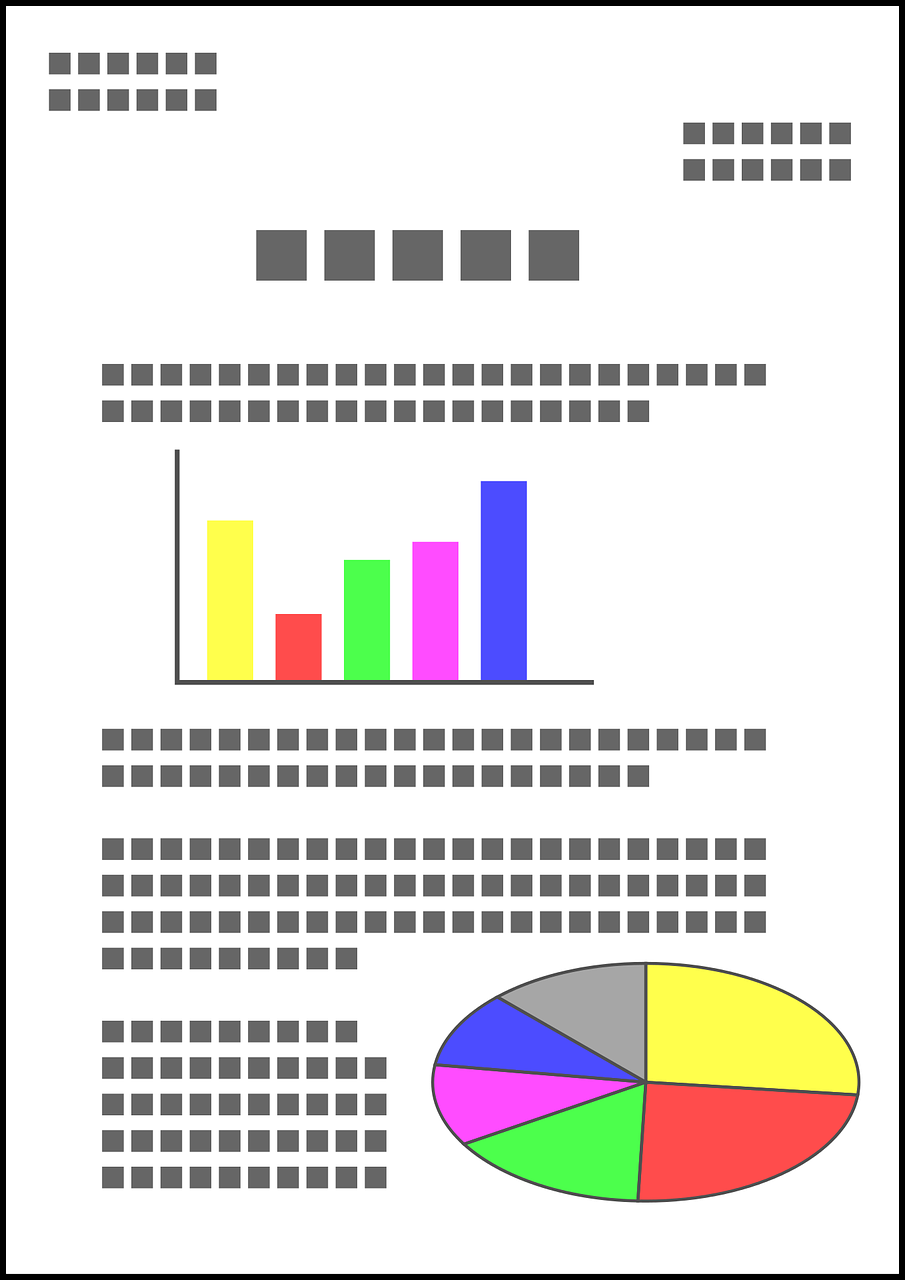Smarter Balanced Assessment Reporting
Author: Rick Phelan
Published: 06.06.17

Over 3 million California students took Smarter Balanced Assessment Consortium (SBAC) end of year tests this spring. The SBAC measures California Standards achievement for grades 3 through 8 and 11 in English and mathematics. The annual state tests are one measure districts, parents, and communities can use to check school achievement. This blog post offers information on 2017 SBAC reports including report elements, types of reports, and timelines for release of information.
Context of Smarter Balanced Assessment in California Public Schools
California uses different annual assessments to help gauge school progress and map continuous improvement efforts. These assessments are collectively grouped together and called the California Assessment of Student Performance and Progress (CAASPP). CAASPP assessments include the Smarter Balanced Summative Assessments (SBAC), the California Alternate Assessments (CAA), Standards-based Tests in Spanish (STS), and the California Science Tests (CAST) pilot. The SBAC was the most widely used test in California in 2017.
Four Report Elements
The 2017 Smarter Balanced Assessment (SBAC) report provides four different information elements for ELA and math.
The first report element summarizes student results into one of four performance levels for English and math:
- Standard Exceeded
- Standard Met
- Standard Nearly Met
- Standard Not Met
The second report element offers scaled scores for ELA and math. SBAC scaled scores allow educators and parents to understand student performance levels in finer detail. The number a student receives shows their current level of achievement on a continuous vertical scale (from approximately 2000 to 3000) that increases across grade levels. Given a grade and subject performance band, one can see how close a student was to the next performance level. If students took the SBAC in prior years, a graph can be used to illustrate student growth over time. SBAC scale scores are used to calculate school and district academic performance indicators for grades 3-8 with with new California School Dashboard. In grade 11, SBAC scale scores are one element used used in determining a district or school’s College/Career Indicator in the California School Dashboard. A helpful table offering specific scale score ranges by content area and grade can be found at the California Department of Education: Smarter Balanced Scale Score Ranges.
The third report element will highlight student abilities in content claims- key areas specific to ELA and math. ELA results will include information about the students' performance in reading, writing, listening, and research. Reports of mathematics results will include information about student's performance in problem solving & data analysis, using concepts and procedures, and communicating reasoning. A student's performance in these key areas for each subject will be reported using the following three indicators:
- Above Standard
- Near Standard
- Below Standard
Availability of Results
School District Reports: LEAs/Districts can obtain ‘preliminary’ results starting four weeks after testing is completed through the CAASPP Online Reporting System and the Test Operations Management System. A real-time system, results will change as additional data are received and re-scores are processed. Preliminary reports include:
- Initial Student Test Results
- Partial Aggregate Data
- Partial Assessment Target Reports
- PDF Student Score Reports
- Final Student Data File
Results from this system are incomplete but may be a good starting point for looking at results. Materials documenting use of the CAASPP Online Reporting System are available here.
The California Department of Education has assembled guides to help teachers deepen their understanding of the Smarter Balanced Assessment, and how these assessments are aligned with California Standards. The guides are available here.
Parent Reports: Student Score Reports will be mailed home to parents in late July/early August. The reports will contain information on individual scores in ELA & math. Results from multiple years will be displayed if a student took the SBAC in 2015 and 2016. Claim scores will highlight abilities in specific content areas. Sample 2017 student score reports are offered here.
The California Department of Education has developed parent guides in both English and Spanish to support parent understanding of these reports. These material can be accessed at: http://www.cde.ca.gov/ta/tg/ca/sbacparentguides.asp
Public Reporting: Public reports from the 2017 Smarter Balanced Assessment are available at: http://caaspp.cde.ca.gov/sb2017/Search Users are able to choose statewide, county, district, and school reports. Filtering in reports allow users to group data by ethnicity, socioeconomic status, English language fluency, gender and disability status. The public site has other analysis features:
- Change over time report- Examine test results over time (cross-sectional approach) for a given group of students (i.e., 4th graders)
- Test results comparison report- Choose up to three entities for comparisons
Post Assessment Workshop: Connecting Assessments to Instruction
To help districts make the best use of test results, SCOE held a workshop on August 30 from 9:00 to 12:00, titled, “2017 SBAC Results- Connecting Assessments to Instruction.”
Support Resources
Smarter Balanced Assessment System- California Department of Education
Smarter Balanced Assessment Level Setting
New video resource to help support parent understanding of the 2017 CAASPP Student Score Report
Blog: Technology for Learners

